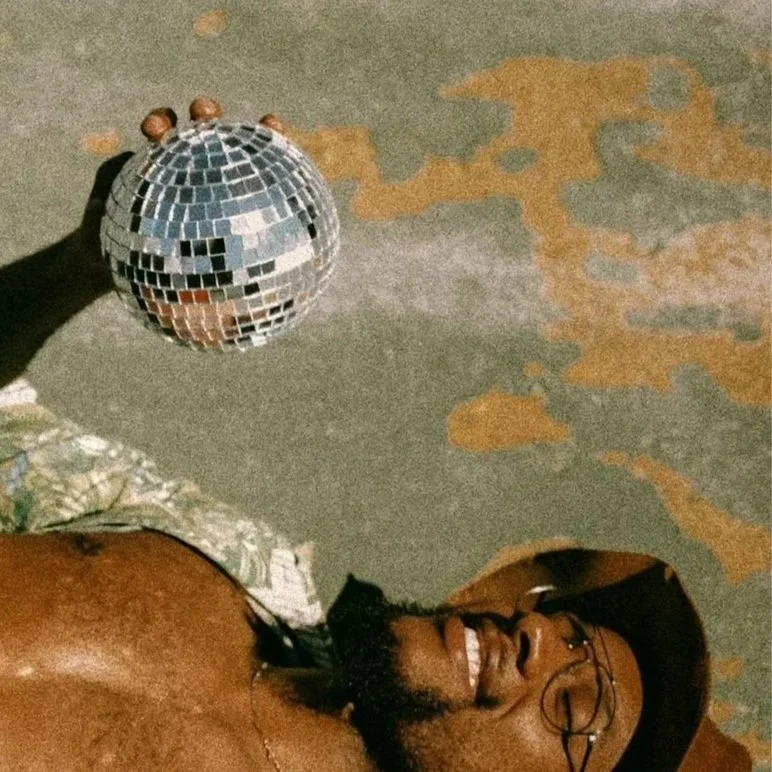The Power of Nostalgia
Finding creative ways to delight your audience.
Originally published December 2020 // Updated November 2025
I wrote the original version of this essay at the end of 2020, when we were all trying to figure out what "business as usual" meant anymore. The world felt uncertain. Annual planning felt impossible. And people were reaching for anything familiar - rewatching comfort shows, pulling out old photo albums, listening to music from simpler times.
Five years later, the circumstances have changed, but the pattern hasn't.
We're still navigating uncertainty - just different kinds. The platforms keep changing. AI is reshaping how we work. The advice about "what works" seems to shift every quarter. And in response, people are still reaching for what feels familiar, proven, and human.
Which means nostalgia remains one of the most powerful tools available to businesses who want to create genuine connection.
Why It Works
Krystine Batcho, a psychology professor at Le Moyne College, explained it perfectly back in 2020: people find comfort in nostalgia during times of loss, anxiety, isolation, or uncertainty.
That hasn't changed. The sources of uncertainty have just evolved.
Research continues to show that nostalgia delivers measurable psychological benefits: less stress, higher self-esteem, feeling connected with others, and optimism about the future. In a world that feels increasingly algorithmic and artificial, nostalgia offers something rare -authentic feeling.
This is why you're seeing nostalgic references everywhere: fashion brands reviving '90s silhouettes, restaurants bringing back discontinued menu items, even tech companies using retro design elements in their branding. It's not random. It's strategic comfort.
What This Means for Your Business
Large corporations can easily incorporate nostalgia by revisiting old campaigns or bringing back discontinued products. But small businesses and creative practitioners actually have an advantage here -
you can make it personal in ways big brands can't. Here’s how:
Know your audience's reference points
If you understand the timeframe your clients grew up in - what shows they watched, what music defined their teenage years, what cultural moments shaped them - you can create touchpoints that feel immediately familiar. Not as direct references or cheap nostalgia bait, but as subtle nods that make someone think "they get me."
Align values with timeless ideas
Some principles don't change. Craftsmanship. Thoughtful design. Taking time to do things right. If your brand values align with what people remember about "the way things used to be made," lean into that. It's not about living in the past - it's about bringing forward what shouldn't have been abandoned.
Create memorable moments, not just transactions
The most effective nostalgia isn't about bringing back old products. It's about recreating the feeling people remember from meaningful experiences. Handwritten notes. Thoughtful packaging. Taking time with someone instead of rushing to the next thing. These aren't outdated - they're differentiated.
Give new life to proven ideas
Instead of constantly chasing new content and new tactics, consider what already worked. What format did your best clients respond to three years ago? What approach felt most natural to you before you started trying to keep up with everyone else? There's power in refining what works rather than constantly reinventing.
Building Customer Loyalty
Through Memorable Experiences
In 2020, nostalgia was a response to pandemic uncertainty. In 2025, it's a response to something deeper: the exhaustion of constant innovation, platform chaos, and the pressure to always be on the cutting edge.
Your clients aren't just tired of algorithms. They're tired of everything feeling disposable, optimized, and impersonal. They're craving the feeling of being known, remembered, and valued—the things that used to be standard in business before everything became automated and scaled.
This is your advantage as a small business, a creative practitioner, a builder working from your own center. You can still do the things that feel old-fashioned because they're personal. You can create experiences that remind people what it feels like to be treated like a human, not a conversion metric.
That's not nostalgia for its own sake.
That's building something that lasts by remembering what always mattered.
If you want to explore what this looks like specifically for your business, join Field Notes where I share what I'm learning about building practices that feel human in an increasingly automated world.







Somewhere along the way, we were convinced that visibility equals viability. That if you're not posting, you're not growing. That your worth as a creative professional could be measured in engagement rates. Frankly - it's exhausting. And for most of us, it's also wrong.